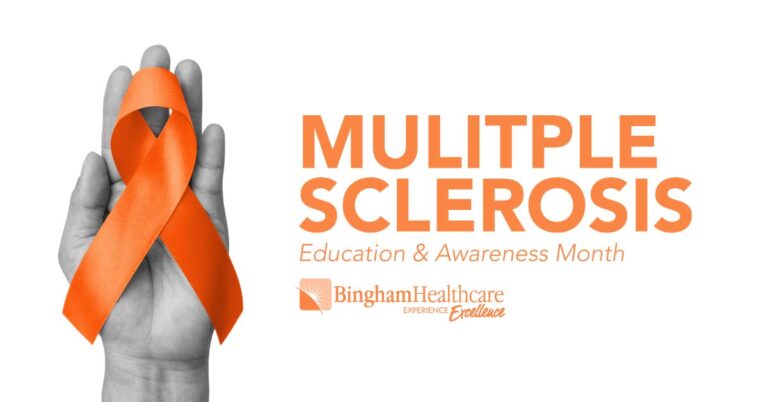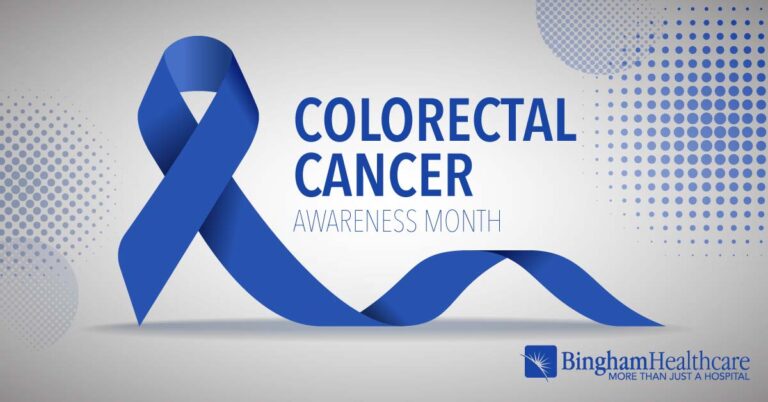Bullying Awareness and Prevention
Today, bullying is recognized as a serious problem that can affect a child’s physical health, emotional well-being, and academic performance. And, it can take on many different damaging forms, especially through social media. Further, childhood bullying can have lifelong consequences.
To help your child handle bullying, learn to recognize it, prevent it, and then help your child stop bullying in its tracks.
What is bullying?
Bullying is a form of aggression, in which one or more children repeatedly and intentionally intimidate, harass, or harm a victim who is perceived as less powerful. The targets of bullying are often perceived as being different from or less powerful than peers for any number of factors:
- Social or economic status
- Physical size or strength
- Physical disability
- Learning disorder
- Minority status ethnically, racially or religiously
- Sexual orientation or gender identity
Bullying can take many forms
Physical. This type of bullying includes hitting, tripping and kicking, as well as destruction of a child’s property.
Verbal. Verbal bullying includes teasing, name-calling, taunting and making inappropriate sexual comments.
Psychological or social. This type of bullying involves spreading rumors about a child, embarrassing him or her in public, or excluding him or her from a group.
Electronic. Cyberbullying involves threatening or harming others through the use of email, websites, social media platforms, text messages, or videos and photos shared electronically.
The consequences of bullying
Being bullied can have both short-term and long-term effects on a child’s psychological well-being, physical health, and educational achievement. A child who is bullied is at risk of:
- Physical injury
- Depression or anxiety
- Loneliness or isolation
- Low-self esteem
- Eating disorders or self-harming behaviors
- Thoughts of suicide
- Alcohol or drug use
- Heart palpitations
- Sleep disturbance
- Frequent absences from school
- Poor performance in school
- Hostile behaviors
The impact of cyberbullying can be significant, since many people can be involved and harmful information can remain online long-term or permanently.
Warning signs of bullying
If your child is being bullied, he or she might remain quiet out of fear, shame, or embarrassment. Warning signs may be vague, and some may mimic mental health issues. Be on the lookout for:
- Lost or destroyed clothing, electronics, or other personal belongings
- Abrupt loss of friends or avoidance of social situations
- Poor school performance or reluctance to go to school
- Headaches, stomachaches, or other physical complaints
- Trouble sleeping or frequent nightmares
- Changes in eating habits
- Distress after spending time online or on the phone
- Abrupt avoidance of electronic devices
- Feelings of helplessness or low self-esteem
- Self-destructive behavior, such as running away from home
Strategies to prevent and address bullying
Keep communication open
Talking about bullying before it happens sets the stage for preventing and addressing the problem. Consider asking your child:
- What good things happened today at school? What bad things?
- What behaviors do you consider bullying?
- What is it like at lunch, recess or on the school bus?
- Have you seen bullying at school?
- Do you have someone you can talk to at school if you’re bullied?
Have a plan for responding
Talk to your child about strategies for responding to bullying. These may include the following actions:
- Walk away and remove yourself from the situation.
- If you feel safe, tell the person directly and calmly to stop.
- Talk to a friend about what happened.
- Talk to a trusted adult at school about what happened.
- Avoid places that don’t feel safe.
- Try to spend time with friends and adults who are safe and supportive.
Encourage your child to be a defender
In most cases, when a child is bullied, other children witness it. Unfortunately, in some cases, the bystanders may encourage the bullying, join in or do nothing. Bystanders may worry about being a target of bullying or retaliation.
Defending a person being bullied, however, has positive outcomes. Taking action helps to stop bullying, prevent bullying and ensure that a person being bullied gets the necessary support. Encourage your child to:
- Model inclusive, empathetic and kind behaviors.
- Sit or walk with kids who may be a target of bullying.
- Question the bullying behavior when it happens.
- Enlist friends to question bullying behavior as a group.
- Report bullying to a trusted adult.
- Talk to the person being targeted privately.
Strategies for cyberbullying
Talk to your child about ways to be safe online. Your role may include the following:
- Model appropriate use of devices, such as time spent online and use of respectful language.
- Follow or “like” your child’s social media accounts.
- Search online for information available about your child.
- Set up age-appropriate parental control on devices.
- Establish guidelines for when and where devices can be used.
- Create a contract for your child to sign regarding technology use and behaviors.
- Know your child’s passwords to any online accounts.
- If you have significant concerns, look at an account with your child present.
- Agree not to take away online privileges if your child is bullied online, as the response might discourage reporting.
Guidelines for children to prevent or address online bullying include the following:
- Don’t accept friend requests from unfamiliar people.
- Expect everything you post to be online forever.
- Don’t share photos or videos you wouldn’t share with a parent or other caregiver.
- Don’t reply to or forward any cyberbullying content.
- Block users who have bullied online.
What to do if your child is bullied
Be proactive about bullying. Know your school’s bullying policy, curriculum and action plans. If you suspect your child is being bullied or your child has reported bullying, take the following steps:
Ensure safety. Support your child by explaining that you want them to be safe and that you will take steps to protect their safety and end the bullying.
Learn details. Ask your child to describe what happened. Keep a record of details.
Keep evidence. If your child experienced cyberbullying, take screen shots of examples and save all relevant files.
Contact the school. Contact the school counselor, principal or other educators as indicated in the school bullying policy.
Follow up. Work with the school to develop a plan to respond to bullying, agree on steps to address the problem and follow up with the school to ensure bullying has stopped.
Contact service providers. Contact internet or phone service providers to report problems and to address needs such as removing images.
Contact police. Contact police if the bullying includes physical harm, sexual violence, threats of violence, or sharing child pornography or sexually explicit images.
Bingham Healthcare Mental Health Counselors
If you or a loved one require the services of a mental health counselor, please call (208) 785-3800 to schedule an appointment or visit www.BinghamMemorial.org/Mental-Health-Counselors. Our mental health specialists see patients in Blackfoot, Idaho Falls, and Pocatello.
Content source: MayoClinic.org
Our content is reviewed regularly and is updated when new and relevant evidence is made available. This information is neither intended nor implied to be a substitute for professional medical advice. Always seek the advice of your physician or other qualified health provider prior to starting any new treatment or with questions regarding a medical condition.



